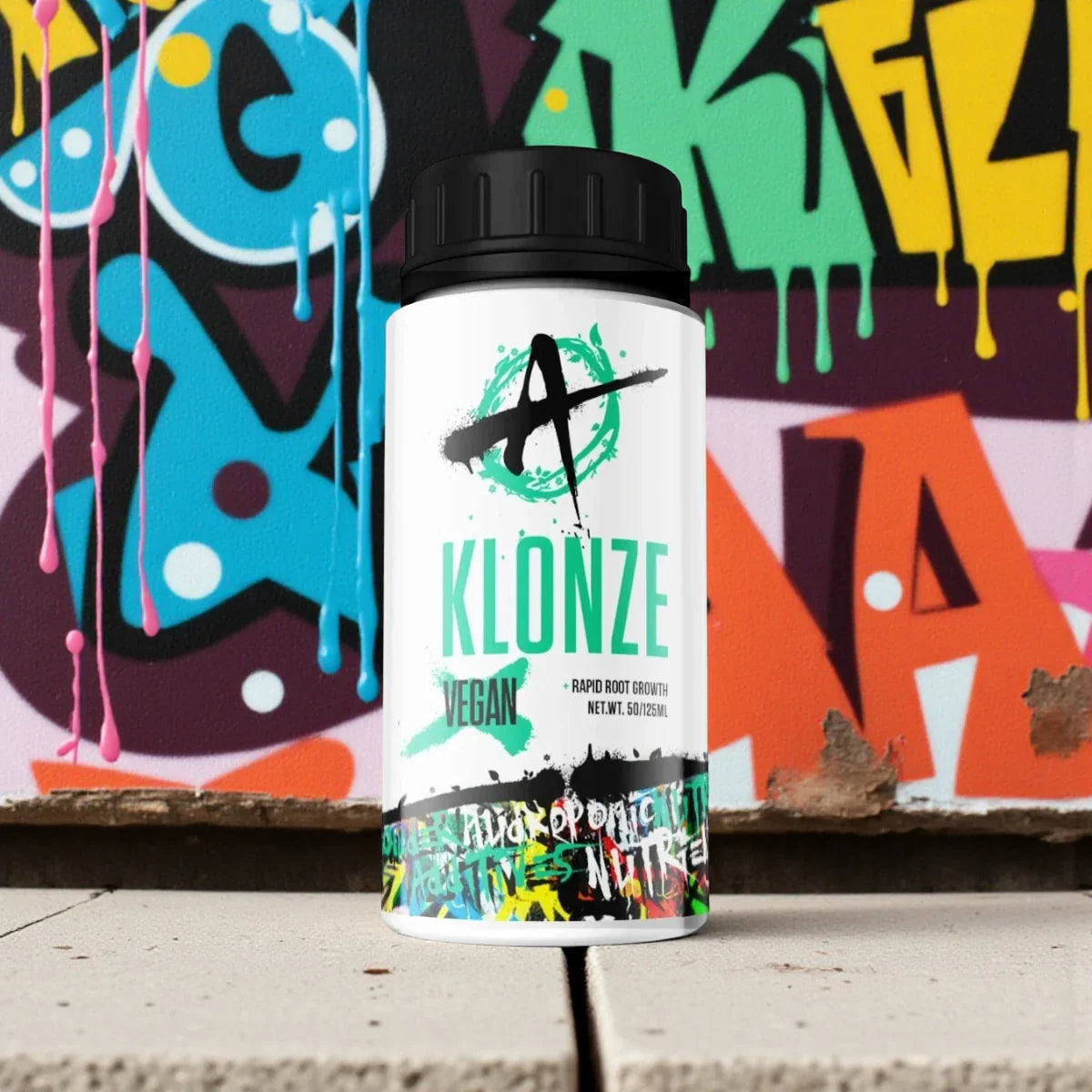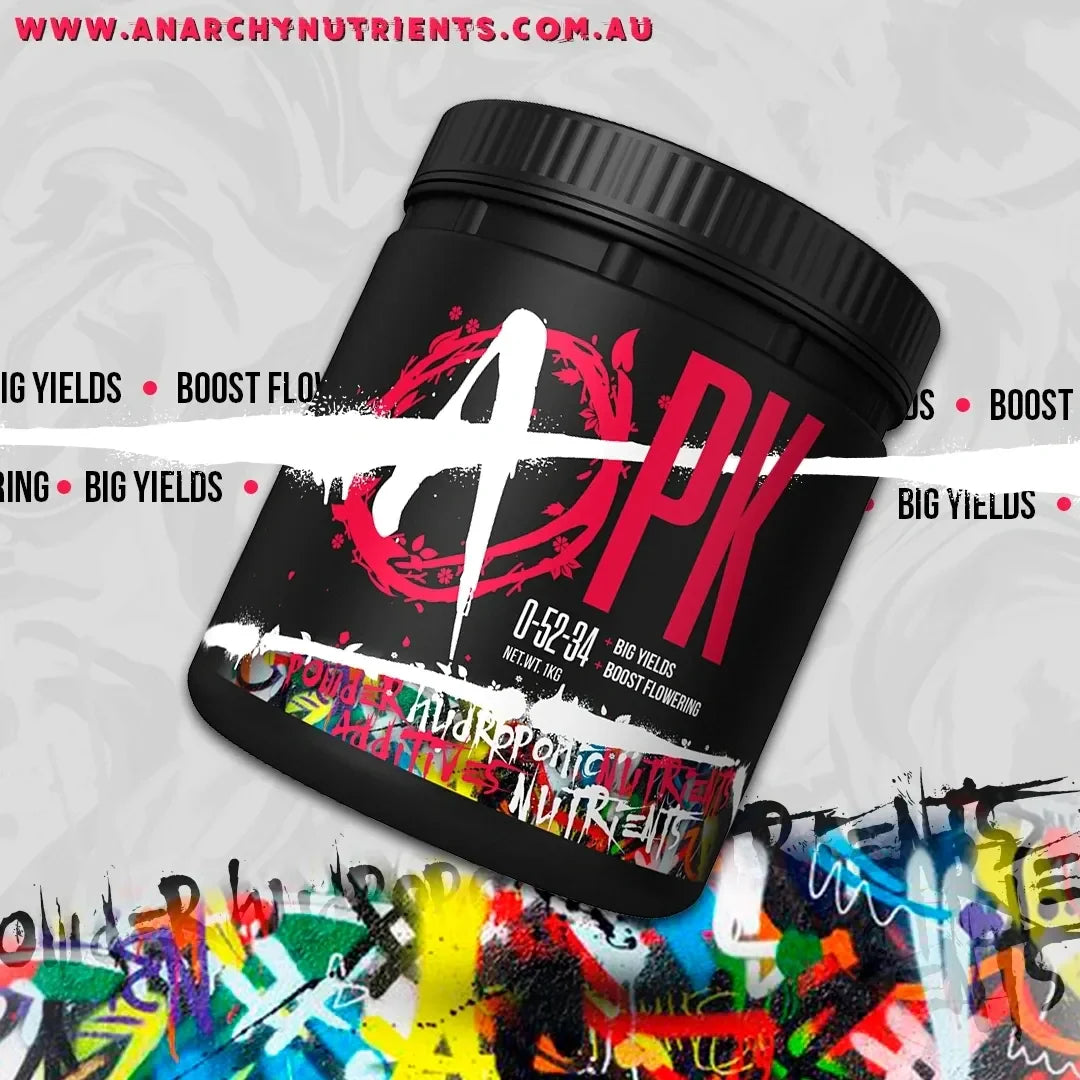Winter brings cold, dry air, presenting unique challenges for indoor hydroponic growers. One of the most critical factors in ensuring your plants thrive and yield abundantly is effective humidity management.

Appropriate air humidity is a prerequisite for optimal photosynthesis, better nutrient absorption, and effective pest and disease resistance. So, how can you maintain ideal humidity in your hydroponic grow space this winter? Let's explore with TGHydroponics.com.au!
Why is Humidity So Crucial in Winter?
In a hydroponic growing environment, humidity directly impacts the plant's transpiration process. When humidity is too low, plants transpire excessively and too quickly, leading to stress and hindering nutrient transport. Conversely, excessively high humidity, especially when combined with low temperatures, creates an ideal environment for mold and various plant diseases to flourish.
In winter, outdoor air is typically drier. When you heat your grow room, the indoor air becomes even drier. This necessitates proactive adjustments to ensure your plants aren't "thirsty" through their leaves or susceptible to fungal issues.
Maintaining Ideal Humidity Based on Plant Growth Stage
A plant's humidity requirements change with each growth stage:
- Seedling and Cutting Stage: During this phase, plants need the highest humidity, typically 60-70%. High humidity helps young plants easily absorb water through their leaves and reduces stress on their still-developing root systems.
- Vegetative Stage: As plants mature, their humidity needs slightly decrease to around 50-60%. This promotes robust root and foliage development.
- Flowering/Fruiting Stage: This is the most critical stage for strict humidity control, ideally 40-50%. Lower humidity helps prevent mold and other humidity-related diseases, particularly those that can develop on flowers or fruits.
Effective Humidity Management Methods for Winter
To control humidity in your indoor hydroponic grow space during winter, you can implement the following methods:
- Utilize a Humidifier: This is the most effective device for increasing humidity in a dry grow room. Choose a model with adjustable humidity levels and place it near an air circulation fan to distribute moisture evenly throughout the space. Position the humidifier away from direct plant contact to avoid excessively wetting the foliage.
- Dehumidifier and Ventilation: If humidity levels become too high (often occurring when outdoor temperatures warm up or due to significant temperature differentials causing condensation), a dehumidifier will be your savior. Combine it with an exhaust fan and circulation fans to ensure continuous airflow, expelling stale, humid air and drawing in fresh air.
- Drip Irrigation or Misting Systems: These systems can contribute to localized humidity around plants, especially foggers, but careful consideration is needed to avoid over-wetting the leaves.
- Regularly Check Temperature and Humidity: Use a digital thermometer/hygrometer for continuous monitoring. Some devices even offer data logging features, helping you track trends and make timely adjustments. Place them within the plant canopy, not too close to walls or equipment.
- Optimize Your Heating System: When heating, aim for stable temperatures, avoiding large fluctuations. Stable temperatures also help maintain a consistent relative humidity in the air.

Advice from TGHydroponics.com.au
Humidity is a dynamic factor that can change with temperature, plant activity, and the external environment. Continuous monitoring and adjustment are key to achieving the best results. Remember, a well-controlled growing environment not only helps your plants thrive but also minimizes disease risks, saving you effort and costs in the long run.
At TGHydroponics.com.au, we offer a comprehensive range of professional humidity management equipment and solutions, from humidifiers, dehumidifiers, and ventilation fans to precise measuring tools. Contact us to get expert advice and select the most suitable products for your hydroponic system this winter!




